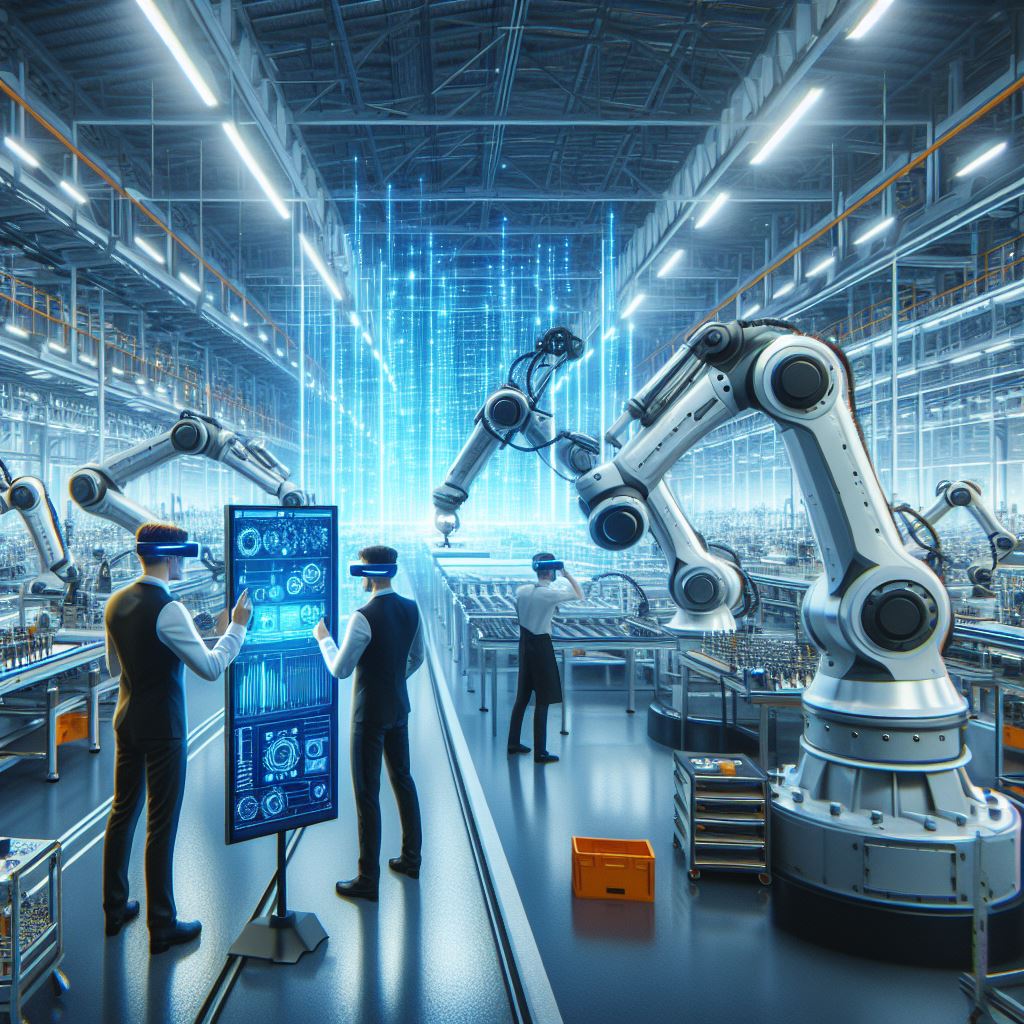Digital safety software for Manufacturing Industry:
Introduction:
Digital safety software helps manufacturing companies streamline safety processes, reduce risks, and ensure compliance. From incident reporting to audits and real-time monitoring, it centralizes all safety data in one platform making workplace safety smarter, faster, and more reliable.
Key Features of Digital Safety Software:
1. Incident Reporting
Digital safety software enables swift reporting of accidents, near-misses, and unsafe behaviours. Employees can submit incidents instantly using their mobile devices or desktops. This real-time reporting speeds up response, supports quicker investigations, and helps prevent future incidents.
2. Audit and Inspection Management
Schedule and monitor safety inspections efficiently with digital tools. The software offers built-in checklists, automated reminders, and real-time progress updates. This guarantees every inspection is completed on time and potential safety issues are spotted early.
3. Permit to Work (PTW) Integration
Makes it easier to approve and track work permits by using a digital system instead of paper forms.Enhances compliance by ensuring that only qualified and authorized personnel perform high-risk activities.
4. Training and Certification Tracking
Maintains detailed records of employee safety training and certification history. Sends timely reminders before certifications expire or retraining is due. Helps ensure that only properly trained personnel are allowed on the floor, minimizing safety hazards.
5. Real-Time Dashboards and Alerts
Displays real-time safety metrics and key performance indicators through interactive dashboards.
Delivers immediate notifications for safety events, risks, or compliance breaches. Supports quicker responses and anticipatory safety actions through data-driven insights.
User-Friendly Digital Safety Software for Safety Teams and Workers :
- Simple Interface:
Easy-to-use design that requires minimal training for both workers and safety managers. - Mobile Access:
Employees can report incidents or view tasks directly from their smartphones or tablets. - Real-Time Updates:
Everyone stays informed with instant alerts, notifications, and task assignments. - Better Engagement:
When software is easy to use, more people participate in safety efforts, improving compliance and culture.
Replacing Traditional Safety Systems with Digital safety Software :
1. Real-Time Reporting
Traditional: Manual paper forms cause delays.
Digital: Incidents, near-misses, and hazards can be reported instantly via mobile or desktop.
2. Automated Record-Keeping
Traditional: Safety data stored in physical files.
Digital: All records are stored securely in the cloud, easy to access anytime.
3. Live Dashboards & Analytics
Traditional: Limited visibility and slow updates.
Digital: Real-time dashboards show safety trends, KPIs, and risk areas.
4. Faster Investigations & Corrective Actions
Traditional: Delayed communication slows down response.
Digital: Instant alerts help teams act quickly, investigate, and resolve issues faster.
5. Automated Compliance & Reminders
Traditional: Missed deadlines and manual follow-ups.
Digital: Automated alerts ensure timely safety training, audits, and compliance checks.
6. Improved Team Communication
Traditional: Safety updates shared during meetings or notices.
Digital: Instant in-app or email notifications keep everyone informed in real time.
Conclusion:
Digital safety software is a smart solution for the manufacturing industry. It helps track safety issues, improve communication, and reduce risks. With easy access from mobile or desktop, both workers and managers can stay informed and take quick action. Overall, it leads to a safer workplace and better compliance with safety standards.




